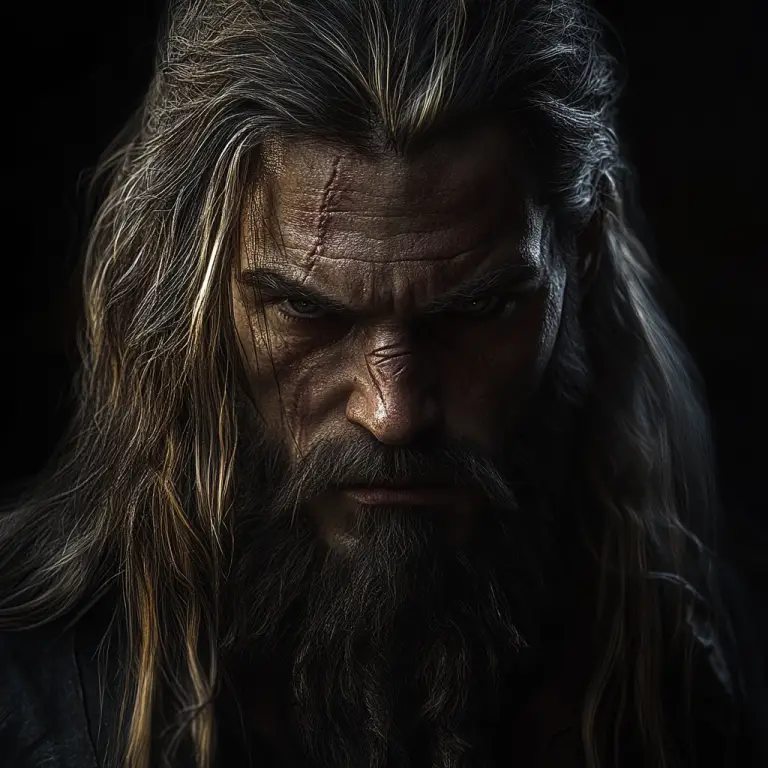In Norse mythology, Völundr (also known as Wayland the Smith in English or Wieland in Germanic legends) is a master blacksmith and a figure of both tragic captivity and dark vengeance. His story, primarily told in the Poetic Edda and various Germanic legends, exemplifies themes of creativity, resilience, and retribution. Völundr’s tale resonates across Norse and Germanic traditions, showing the power of craftsmanship, the cruelty of captivity, and the lengths one can go for freedom and revenge.
The Story of Völundr
The Swan Maidens: Völundr was one of three brothers, all master craftsmen, who each married swan maidens. Swan maidens were supernatural beings capable of taking on human form by shedding their swan feathers. Völundr’s wife was named Hervör-Alvitr, and they lived happily together until one day the swan maidens disappeared, leaving Völundr behind.
Captivity by King Nidud: Völundr remained at his forge, creating exquisite jewellery and waiting for his wife’s return. His skill attracted the attention of King Nidud of Sweden, who envied his talent and wealth. King Nidud captured Völundr, stole his treasures, and brought him to his kingdom. To prevent Völundr from escaping, Nidud ordered his tendons cut, crippling him and forcing him to work as a blacksmith in his service.
Völundr’s Vengeance: While in captivity, Völundr plotted his revenge. He killed Nidud’s two sons when they visited him, secretly crafting goblets from their skulls and precious gems from their eyes and teeth, which he sent to Nidud and his queen as “gifts.” He also tricked Nidud’s daughter, Bödvild, into coming to him under the pretence of repairing her ring, then seduced her, ensuring she would carry his child.
Escape with Wings: After exacting his revenge, Völundr crafted a set of wings, symbolizing his indomitable spirit and skill, and used them to escape from Nidud’s realm by flying away, leaving behind the devastated royal family. His escape and vengeance were complete, but the tale ends with him remaining an outsider, scarred but liberated.
Symbolism and Legacy of Völundr
The Archetype of the Master Craftsman: Völundr is a symbol of the master artisan archetype, an immortalized figure whose craft elevates him to near-mythical status. In Norse culture, such blacksmiths were viewed as holding almost supernatural powers, given their ability to shape metal into items of great strength and beauty.
Revenge and Resistance: Völundr’s tale highlights themes of resilience and the quest for justice. Despite being imprisoned and maimed, he finds a way to turn his situation around, using his skills to exact a painful revenge on his captors.
Freedom and Transformation: His eventual escape by crafting wings can be interpreted as a powerful symbol of the transformative potential of art and skill. Völundr’s wings, like the treasures he made, illustrate that creativity and ingenuity can lead to liberation.
Wayland the Smith in English and Germanic Lore: Völundr is also known as Wayland the Smith in Anglo-Saxon and Germanic literature. He appears in Old English poetry and inscriptions, where he is revered as a legendary blacksmith. In Beowulf, for instance, his work is referenced as a mark of exceptional craftsmanship.



